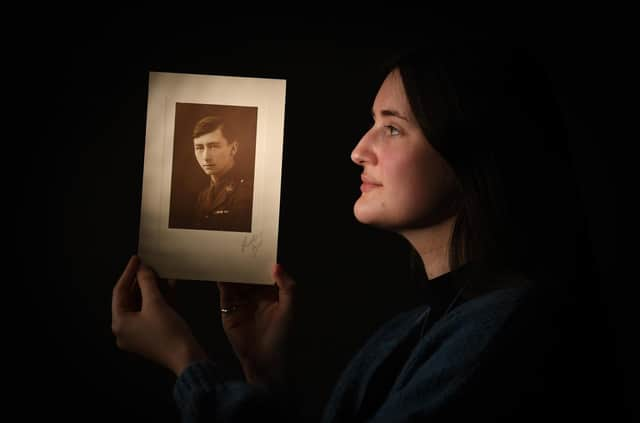The hidden Yorkshire champion of modern art back in the spotlight


Less well-known, however, is the name of their champion and friend Sir Herbert Read - whose life journey took him from a North Yorkshire farm to the trenches and then into the lights of London’s most illuminated art circles.
And now the University of Leeds are centring the life of Read - who died in 1968 - to try to inform more of Yorkshire’s residents about his legacy.
Advertisement
Hide AdAdvertisement
Hide AdDescribed as being “at the very centre of modernity,” Read’s extensive art collection and archive has been examined by staff at the University’s Special Collections as part of its new Tuesday Treasures series of public lectures.
As well as works by his friends Moore and Hepworth, the collection also encompasses art by Pablo Picasso, Kurt Schwitters and Jean Cocteau.
Becky Higgins, curator at the Special Collections, said: “Herbert Read was known as a multifaceted man of many talents. He was a poet. He was an art critic. He was a writer.
“You will hear of a lot of the big names in 20th century art and literature, people like TS Eliot, Barbara Hepworth, Henry Moore, Ben Nicholson. He was friends with all of those people and supported them through his writing.
Advertisement
Hide AdAdvertisement
Hide Ad“Throughout the 20th century, he was one of the biggest champions of modern art.”
Born on a North Yorkshire farm in 1893, Read was a student at the University in the years before the First World War began.
Already showing an appreciation and love of the aesthetic, he joined Leeds Art Club under Sir Michael Sadler, who held great influence on the young Reed.
But he joined up The Yorkshire Regiment (The Green Howards) in 1914, going on to become a Captain.
Advertisement
Hide AdAdvertisement
Hide AdHowever, life in the trenches and the brutality of warfare disillusioned Read and he eventually committed to lifelong pacifism.
Following the end of the war, he met Moore for the first time and went on to become the editor of the presitgious Burlington Magazine, writing hundreds of articles and books promoting modern art to the British public, including the 1933 seminal work Art Now.
Read was also a trustee of the Tate Gallery from 1965 until his death in 1968.
"Since he died in 1968, he's kind become a little bit less well known over the years and maybe only serious scholars of his books and his writing. might know who he is,” said Ms Higgins.
Advertisement
Hide AdAdvertisement
Hide Ad“He was very proud to be from Yorkshire and in his later life bought a house here, he wanted to be back at the end of his life.
"He was a little boy from a North Yorkshire farm who grew up to be one of the 20th century’s greatest critics.